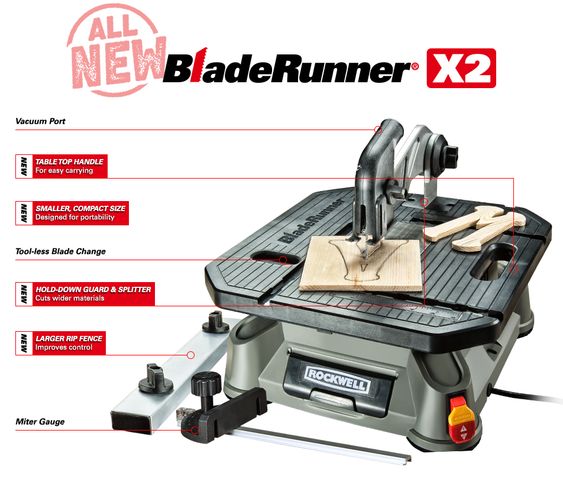I have been getting all my fiberglass sheets from ePlastics for years. They sell the FR4 version of G10 (which just means it is fire resistant):
https://www.eplastics.com/fiberglass/sheets/g10-fr4-epoxy
You can dial in any size and thickness of sheets you want from them and shipping isn't too bad if you buy in bulk.
I use a table saw to cut the sheets down to size for my Shapeoko 3 and then CNC out any parts I need. On big rockets (8" diameter and above), the fins can get too large for my CNC. If that happens, I cut the longer edges with my table saw, the shorter edges with my miter saw, then use a jig saw for any inside corners.
I use a standard plywood blade on my table saw and make the cuts with the saws outdoors.
I have CNC'ed up to 1/4" FR4 with no issues.
If you do go down the CNC path, pick up good endmills for fiberglass. I use some from Amana that are superb.
I realize a CNC router is intimidating due to price, size and a learning curve, but this Shapeoko has been awesome with a somewhat modest price point, not a huge footprint, and amazing functionality. I can't imagine going back to not having a CNC. I don't have a 3D Printer yet, but I am sure it is the same feeling people who do 3D printing have - hard to live with out once you have one.
Additionally, I firmly believe the CNC is WAY safer for cutting fiberglass in terms of airborne particulate matter. Using a vacuum system and relatively shallow cuts, you can't eliminate FG dust in the air, but it is quite minimal. You must still use PPE and operate in a ventilated area (I have mine in my garage and use a filtered vacuum with the exhaust hose routed outside), but
compared to cutting FG on a saw, a CNC is practically dust free. If you plan to cut a lot of FG, I think the investment in a CNC more than pays for itself in the health safety alone, not to mention that you can also cut wood, plastic, metal, etc.













